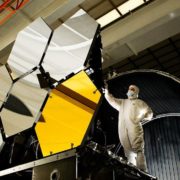
The Physics of the James Webb Space Telescope
Humanity has a new eye in the sky, with infrared sensors that will peer into the farthest reaches of the cosmos. Here’s how it works. ..

Humanity has a new eye in the sky, with infrared sensors that will peer into the farthest reaches of the cosmos. Here’s how it works. ..
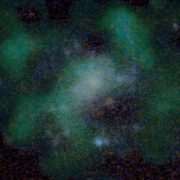
New, high-resolution observations of a faint, fluffy galaxy suggest that dark matter’s not as ubiquitous as scientists thought. ..
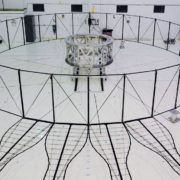
The agency wants to hunt exoplanets, so it’s designing star shades and coronagraphs that block out starlight and give telescopes a clear view. ..

SpaceX, Blue Origin, and Virgin Galactic finally made commercial spaceflight possible. Now there are questions about the purpose of these exclusive trips. ..
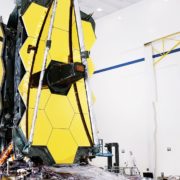
After decades of hard work and controversies, NASA scientists ready Hubble’s massive successor for its mission to probe the distant universe. ..

Missions to Mars, Jupiter, and—yes—Texas are all part of the next wave of space research previously delayed by Covid-19. ..
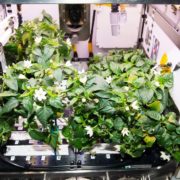
The chile peppers thrived in a controlled microgravity environment. But to develop agriculture away from Earth, NASA will have to think outside the box. ..

Manipulating the master clock could help astronauts, pilots, shift workers, and even holiday travelers. The solution is simpler than you think. ..
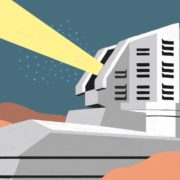
Opening next year, the Vera Rubin Observatory can show how dark matter affects the evolution of galaxies. ..

Physicists have linked the “gravitational memory effect” to fundamental cosmic symmetries and a potential solution to the black hole information paradox. ..